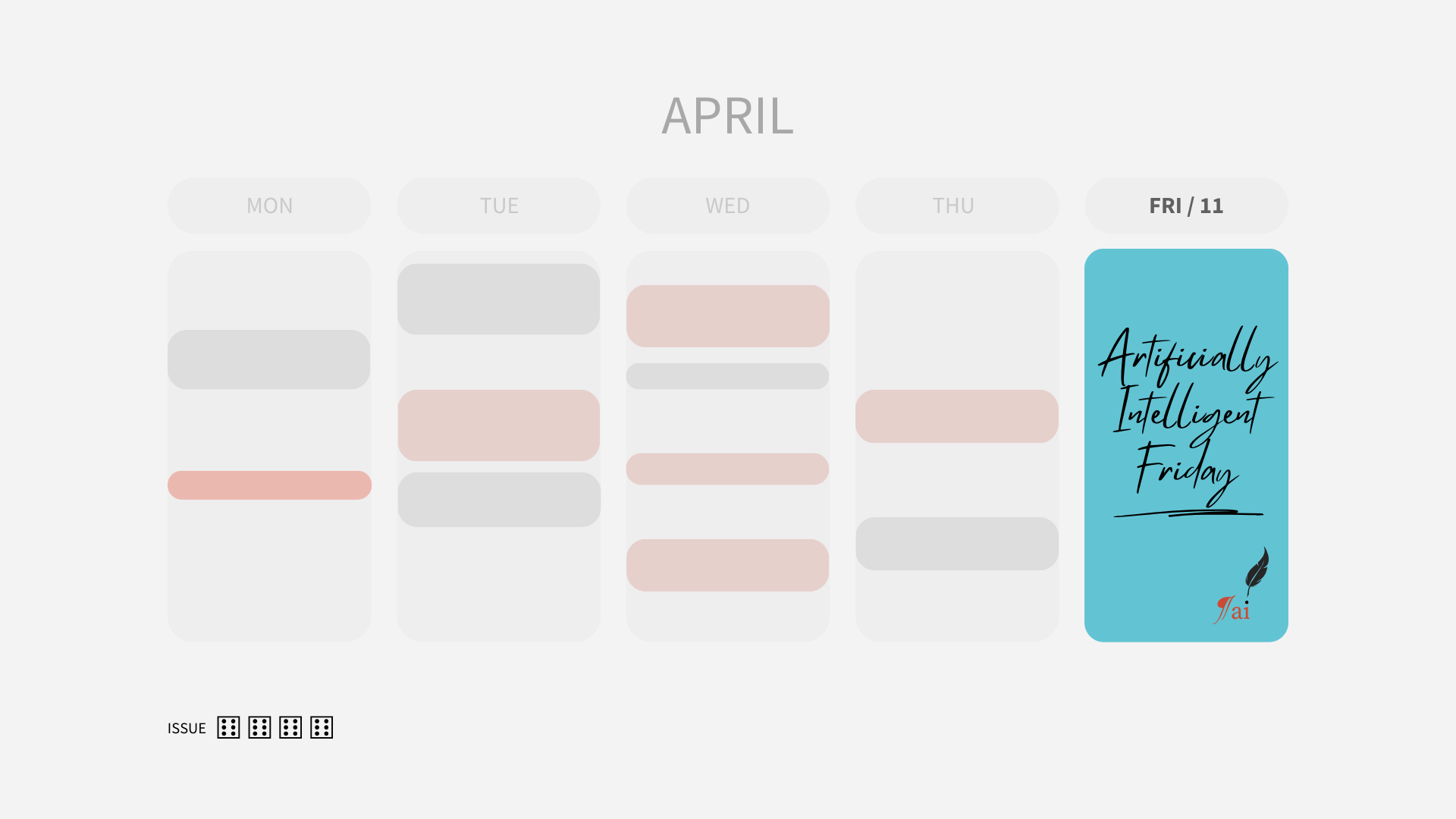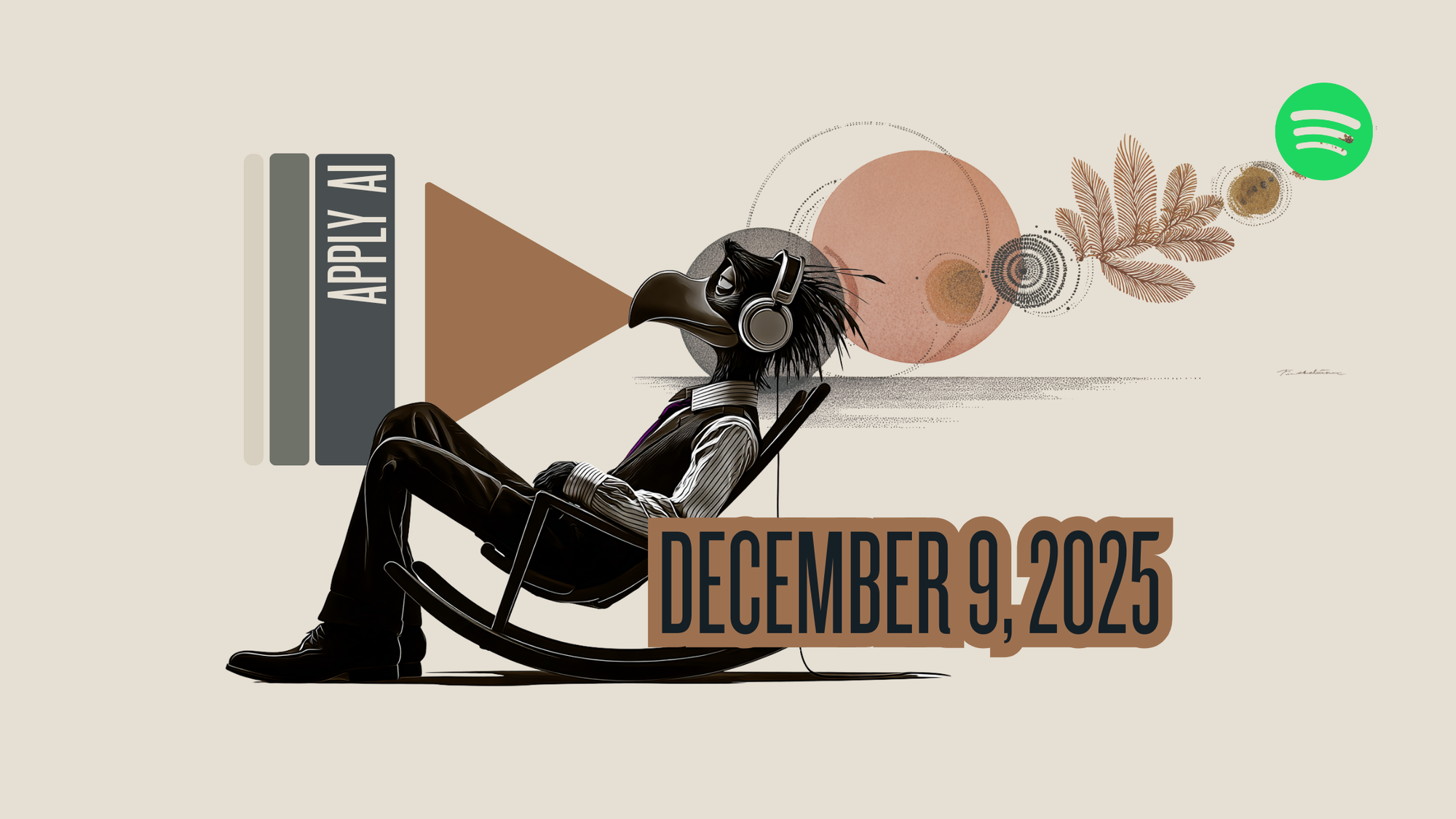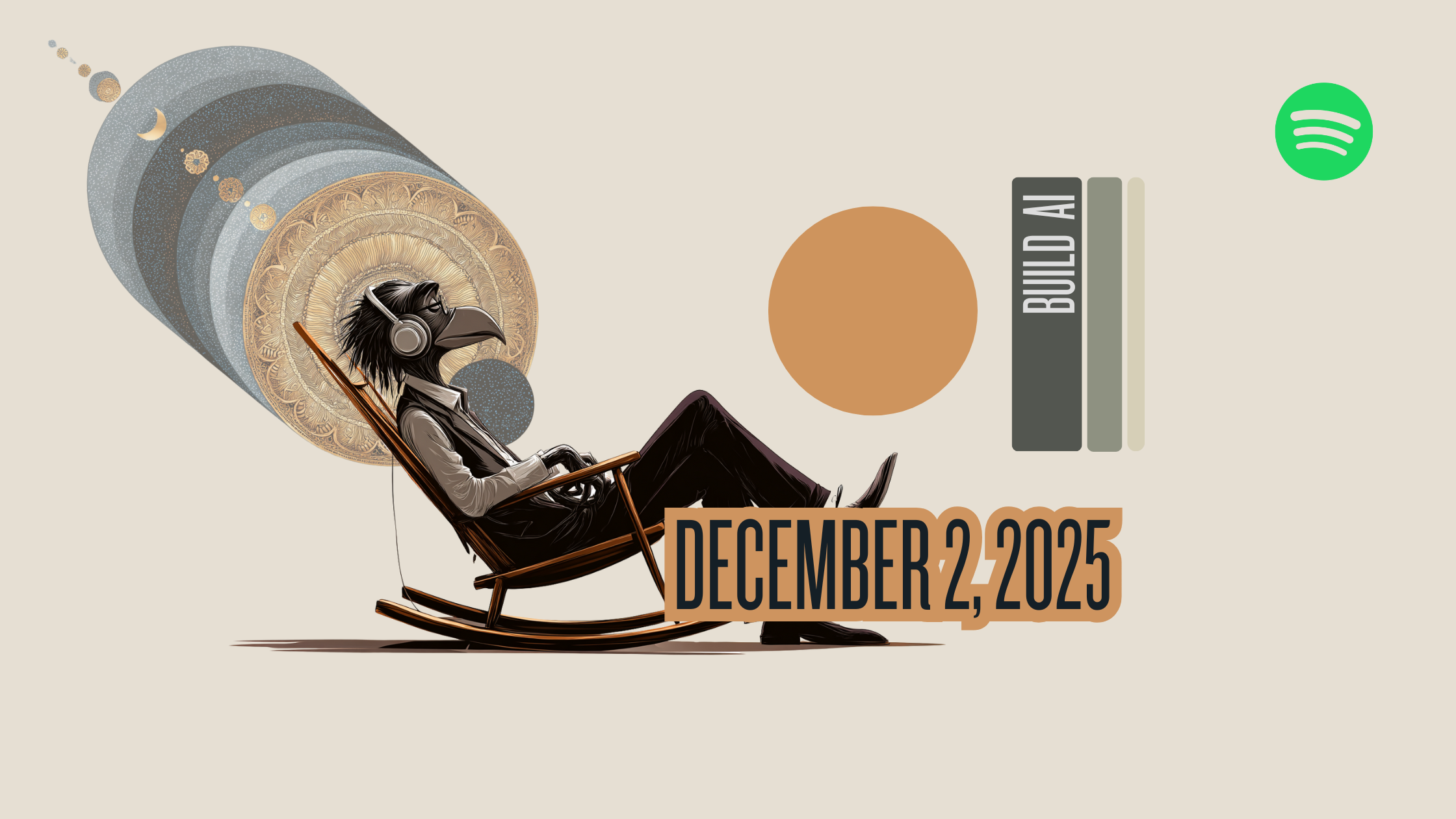🎨 Midjourney V7 Alpha: More Realism, Faster Creation
What it is: Midjourney is one of the leading AI image generation platforms that transforms text descriptions into detailed images.
What's new: Midjourney has released their V7 model in alpha, featuring significant improvements in image quality and text understanding. The new version delivers more realistic textures, better coherence in details like hands and objects, and improved interpretation of complex prompts. Early testing shows V7 significantly outperforms previous versions in handling material textures, shadow consistency, and the rendering of complex elements like fabric and reflective surfaces. For example, technical photography terminology in prompts (like "rembrandt lighting" or "chromatic aberration") produces more precise results.
Two major features accompany this release:
- Model personalization is now enabled by default, helping the system better understand individual preferences and aesthetic sensibilities
- Draft Mode renders images at 10x the normal speed for half the cost, with a conversational interface for rapid iteration and refinement
Why it matters: Whether you're designing product mock-ups, creating concept art, or exploring visual ideas, these improvements dramatically reduce the gap between imagination and realization. Draft Mode transforms your creative workflow by allowing you to quickly test multiple concepts in the time it previously took to generate a single image.

Read our detailed first impressions with comparison examples
🧠 ChatGPT's Memory Gets a Major Upgrade
What it is: ChatGPT is OpenAI's versatile AI assistant that enables multimodal interactions including text, voice, images, and more. It helps with writing tasks, answering questions, creative work, and problem-solving through natural interaction.
What's new: OpenAI has significantly upgraded ChatGPT's memory system with three key changes:
- It now references your entire chat history automatically, not just isolated saved memories
- New conversations naturally build upon previous interactions across all your past chats
- The system identifies your preferences and interests from your history to personalize responses
These improvements are rolling out to Plus and Pro users immediately, with Team, Enterprise, and Edu users gaining access within weeks (excluding EEA, UK, Switzerland, Norway, Iceland, and Liechtenstein).
Why it matters: This enhancement eliminates the frustration of repeatedly explaining your preferences or project details. Writers can maintain consistent tone across multiple sessions, professionals can pick up exactly where they left off on complex projects, and learners experience more cohesive educational support that remembers their progress. For privacy-conscious users, the controls remain robust—you can opt out of memory features entirely or use temporary chats when needed.
Starting today, memory in ChatGPT can now reference all of your past chats to provide more personalized responses, drawing on your preferences and interests to make it even more helpful for writing, getting advice, learning, and beyond. pic.twitter.com/s9BrWl94iY
— OpenAI (@OpenAI) April 10, 2025
🧠 AI Reasoning Models: When Thinking Slow Beats Thinking Fast
What it is: AI models like ChatGPT and Claude make decisions in fractions of a second—similar to our brain's fast, instinctive thinking. However, a new approach gives AI more "thinking time" during reasoning, mimicking our slower, more deliberate mental processes when solving complex problems.
What's new: Major AI labs have pivoted from simply making models bigger to making them think more carefully. OpenAI's o1 model marked this shift by spending more computing power at the moment you ask a question rather than during initial training. The model collects contextual information and uses trial-and-error to find optimal answers—taking longer but producing significantly better results. Google DeepMind, Anthropic, and others quickly followed with their own reasoning models, demonstrating improved performance on complex tasks like science problems and mathematical reasoning.
Why it matters: This shift transforms how we should interact with AI assistants. For everyday questions, standard models remain your best choice for speed and efficiency. But when accuracy is crucial—for data analysis, complex research, or creative problem-solving—it's worth waiting for a reasoning model. The difference mirrors when you might text a quick question to a colleague (fast thinking) versus scheduling a meeting to thoughtfully work through a complex issue (slow thinking). As these models become mainstream, understanding when to prioritize thoroughness over speed will be essential to getting the most value from AI tools.
Read more about the shift to reasoning models at Fast Company
🤝 Human-AI Teamwork: New Research Reveals When Partnerships Excel (and When They Don't)
What it is: Human-AI collaboration is when people work alongside AI systems to complete tasks, combining human creativity and intuition with AI's computational power and pattern recognition abilities. MIT's Center for Collective Intelligence studies these partnerships to understand how they can be optimized.
Key Findings: Researchers from MIT have published the first large-scale meta-analysis examining human-AI collaboration effectiveness. After analyzing 370 results from 106 experiments, they discovered:
- Human-AI teams generally performed better than humans alone but worse than either humans or AI working independently at their respective strengths
- These collaborations underperformed in decision-making tasks (like classifying deepfakes or medical diagnosis) compared to AI working alone
- Partnerships showed significant promise in creative tasks like content generation, summarization, and visual design
- When humans outperformed AI on a task, the human-AI team performed better than either alone
- When AI outperformed humans on a task, adding human collaboration often reduced overall performance
- Task type was more important to success than features like AI explanations or confidence levels
Why it matters: For optimal results with AI tools, use them as creative partners where they can handle routine aspects (generating drafts, filling in details) while you provide vision and critical judgment. For decision-making tasks, consider whether the AI might perform better independently with you providing final oversight. The key is matching the collaboration approach to the specific task type rather than using a one-size-fits-all strategy.
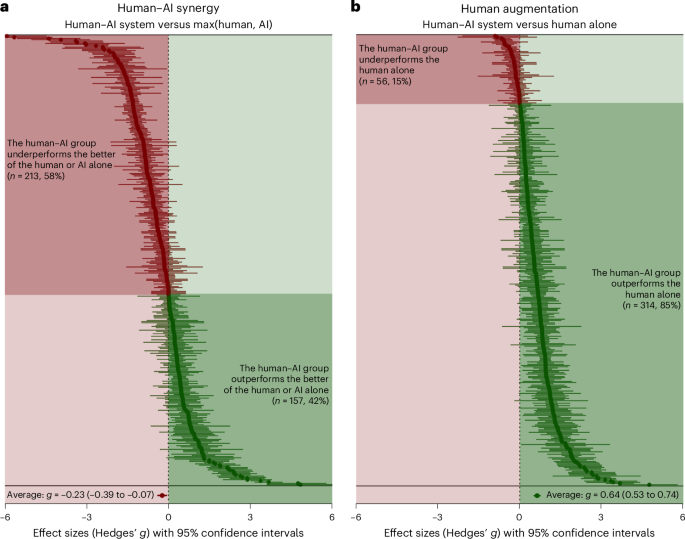
Read the full research in Nature Human Behaviour
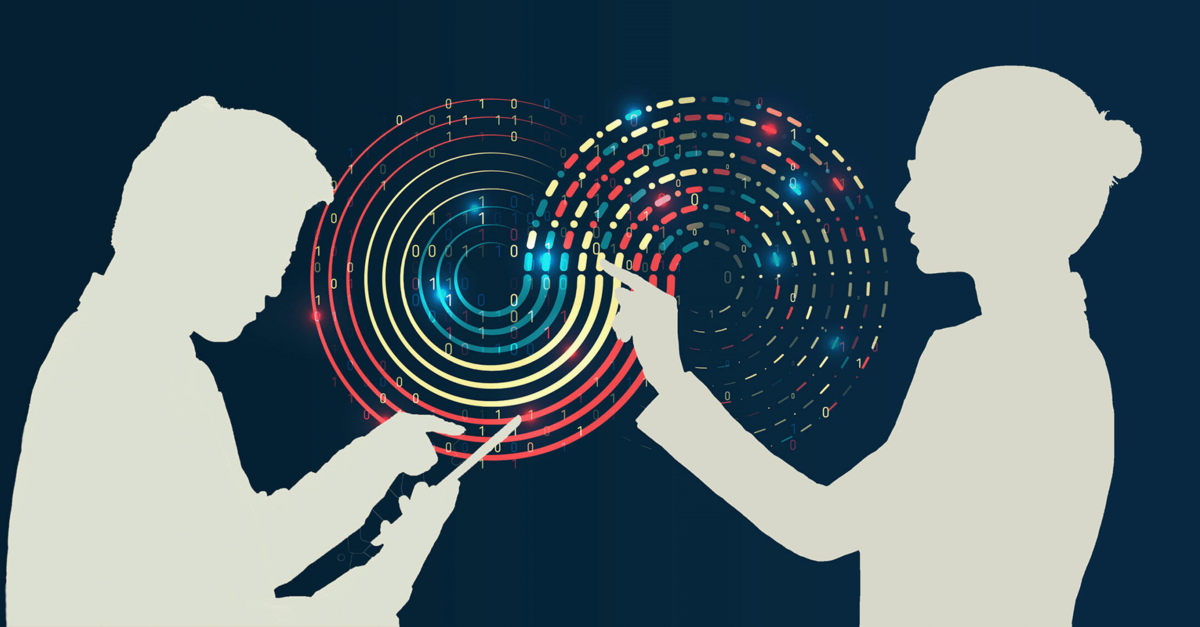
Or, explore MIT's press coverage for more insights
🎓 Claude's New "Learning Mode" Guides Students Through Thinking Process, Not Just Answers
What it is: Claude is Anthropic's AI assistant that helps users with various tasks through natural conversation. Think of it as a digital assistant that can write, analyze, and research - but now with specialized features for educational settings.
What's new: Anthropic has launched "Claude for Education," featuring a new Learning mode that uses Socratic questioning to guide students through their own thinking process rather than simply providing answers. The feature works within Projects (saved conversations for specific assignments) and emphasizes independent thinking by:
- Asking guiding questions like "How would you approach this problem?" instead of immediate solutions
- Using prompts such as "What evidence supports your conclusion?" to deepen understanding
- Highlighting fundamental principles behind specific problems
- Providing structural templates for research papers and study guides
Anthropic has also established partnerships with Northeastern University, London School of Economics, and Champlain College, making Claude available to all students across these institutions. For Pro users with .edu email addresses, Learning mode is already available.
Why it matters: This approach shifts AI from being a potential shortcut to becoming an actual learning tool that enhances critical thinking. Educators can now integrate AI knowing it reinforces educational objectives rather than undermining them. For students, it provides a study partner that challenges their thinking rather than simply giving answers to copy.
Learn more about Claude for Education
Stay brilliantly human,
¶.ai Team


